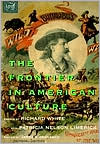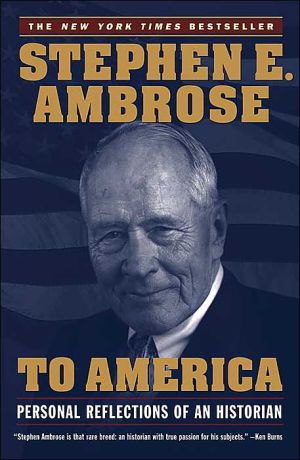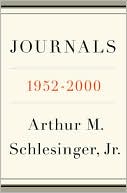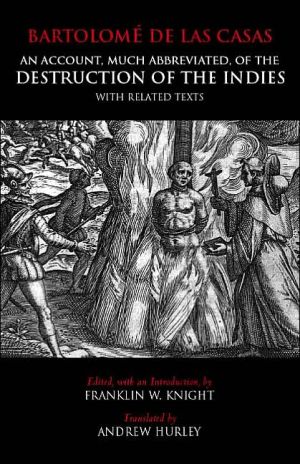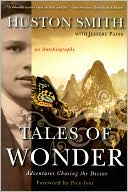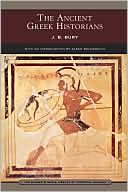The Frontier in American Culture
Log cabins and wagon trains, cowboys and\ Indians, Buffalo Bill and General Custer. These and other frontier images pervade our lives, from fiction to films to advertising, where they attach themselves to products from pancake syrup to cologne, blue jeans to banks. Richard White and Patricia Limerick join their inimitable talents to explore our national preoccupation with this uniquely American image.\ Richard White examines the two most enduring stories of the frontier, both told in Chicago...
Search in google:
"In this beautifully illustrated volume, two of the nation's leading western historians offer brilliant and provocative insight into why the frontier has had such a longstanding and problematic hold on American national thought. Their book is a pleasure both to read and to look at and deserves a wide audience."—William Cronon, Frederick Jackson Turner Professor of History, University of Wisconsin, Madison"The authors . . . demonstrate a keen awareness of the critical and complex relationship between history and legend in the American West and its consequences for modern Americans. Finely crafted with scholarship and good humor, their thoughtful and provocative ruminations lend fresh insight into the shaping and propagation of America's frontier legacy."—B. Byron Price, National Cowboy Hall of Fame and Western Heritage Center Publishers Weekly White and Limerick analyze some of the most pervasive images of the American West, many of which are represented in a show of the same name at Chicago's Newberry Library this fall. In his contribution ``Frederick Jackson Turner and Buffalo Bill,'' White compares Turner, the distinguished historian who first contended that the notion of the frontier was the driving force of American history and culture, and Buffalo Bill Cody, the Wild West performer, who both appeared in Chicago in 1893. It's hard to believe the two are representing the same terrain: Turner's presentation emphasized settlers idyllically filling a near-empty continent with a few peripheral Indians, while Buffalo Bill's re-enactments were of bloody conflicts with murderous natives. Limerick's ``Adventures of the Frontier in the Twentieth Century'' is incisive and often wry-as is only appropriate for an historian who begins her catalogue of Western images at Disney's Frontierland. Limerick goes on to examine the shameless use of frontier/pioneer images in everything from politics to advertising. At the turn of the century, the frontier was defined as that point at which people were scarce, or as White states, ``where white people were scarce''-with Limerick adding, ``where white people got scared because they were scarce.'' Both scholars look at how the frontier influenced interactions between whites and Native Americans, Hispanics, Asians and African Americans, ultimately creating a real melting pot that, maintains Limerick, made the idea of the frontier a ``cultural glue'' holding Americans together. (Oct.)
AcknowledgmentsIntroduction1Frederick Jackson Turner and Buffalo Bill7The Adventures of the Frontier in the Twentieth Century67Checklist of Materials Exhibited103
\ Publishers Weekly - Publisher's Weekly\ White and Limerick analyze some of the most pervasive images of the American West, many of which are represented in a show of the same name at Chicago's Newberry Library this fall. In his contribution ``Frederick Jackson Turner and Buffalo Bill,'' White compares Turner, the distinguished historian who first contended that the notion of the frontier was the driving force of American history and culture, and Buffalo Bill Cody, the Wild West performer, who both appeared in Chicago in 1893. It's hard to believe the two are representing the same terrain: Turner's presentation emphasized settlers idyllically filling a near-empty continent with a few peripheral Indians, while Buffalo Bill's re-enactments were of bloody conflicts with murderous natives. Limerick's ``Adventures of the Frontier in the Twentieth Century'' is incisive and often wry-as is only appropriate for an historian who begins her catalogue of Western images at Disney's Frontierland. Limerick goes on to examine the shameless use of frontier/pioneer images in everything from politics to advertising. At the turn of the century, the frontier was defined as that point at which people were scarce, or as White states, ``where white people were scarce''-with Limerick adding, ``where white people got scared because they were scarce.'' Both scholars look at how the frontier influenced interactions between whites and Native Americans, Hispanics, Asians and African Americans, ultimately creating a real melting pot that, maintains Limerick, made the idea of the frontier a ``cultural glue'' holding Americans together. (Oct.)\ \
